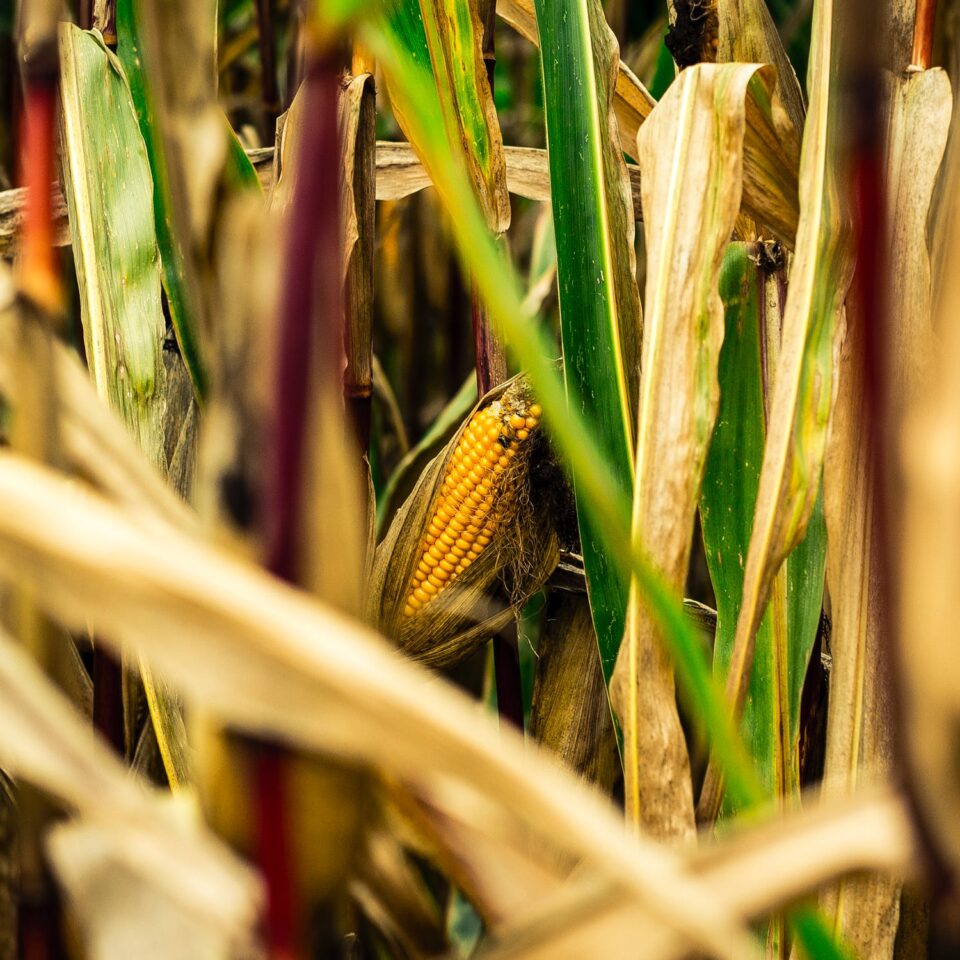
Managing ear rots in corn can be a tall order. There are many factors to consider. At Sylvite, we can help you figure out the best solution for your specific corn rot. We have the experience and know-how to ensure all factors are taken into consideration and how to apply the proper strategies to rectify the solution.
Ear rots can be difficult to control since weather conditions are critical to the disease development. Rots can establish any time after pollination in wounds created by insects, birds, machinery, and even hail. Rainy weather or dry weather with heavy, prolonged dews often lead to ear rots in these wounded cobs.
WHY ARE ROTS A CONCERN?
The direct concern for ear rot disease is yield loss due to poor quality grain. In years when conditions favour development, large portions of fields can be affected. Once fields are infected, other management practises should be followed which can increase cost of harvesting, drying, and storing the grain.
Some of these disease organisms will produce toxic chemicals known as Mycotoxins (toxins produced by fungus). These chemicals are another major concern as they can cause various health problems when the contaminated grain is fed to livestock or used for human consumption. It is essential to limit levels of the rots that can produce these toxins.
SCOUTING
Scouting is the only way to find out if there is an ear rot problem in your field. Strip back the husks on 100 plants scattered throughout the field. If more than 10% of the ears have 25% or more of the cob affected, take the following precautions.
At Sylvite our scouts are trained to deal with ear rots and have proven solutions to turn the problem around. It is best to have an expert out to your field sooner than later to help mitigate the yield loss. Don’t let your entire field be effected – especially year over year.
HARVEST TIPS
- Harvest fields as soon as possible (even if you have to dry), where 10% of the ears are affected. This limits further disease development and potential mycotoxin production.
- If damage is localized in the field (common with bird damage), harvest and handle these areas separately.
- Adjust harvest equipment to minimize damage to corn. Clean corn thoroughly.
POST-HARVEST TIPS
- Cool the grain after drying.
- Clean bins before storing new grain.
- Check stored grain often for temperature, wet spots, insects and mould growth.
- Test suspect samples for toxins. Pink or reddish moulds are particularly harmful.
See below the figures representing some common corn ear rot examples.
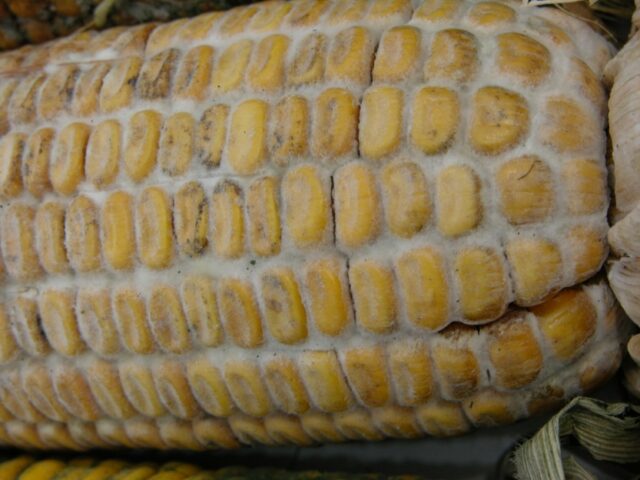
Figure 1: Diplodia Ear Rot
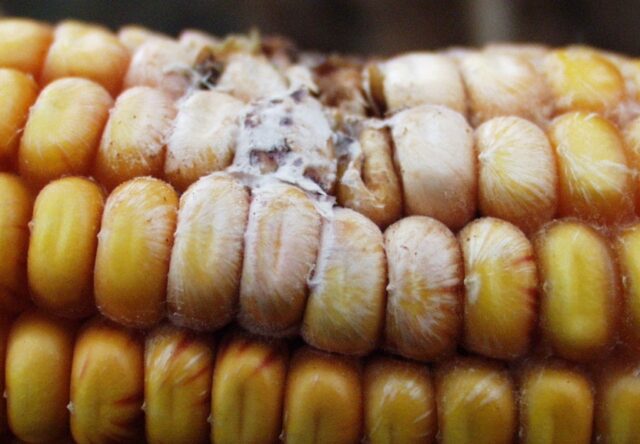
Figure 2: Fusarium Ear Rot

Figure 3: Gibberella ear mould
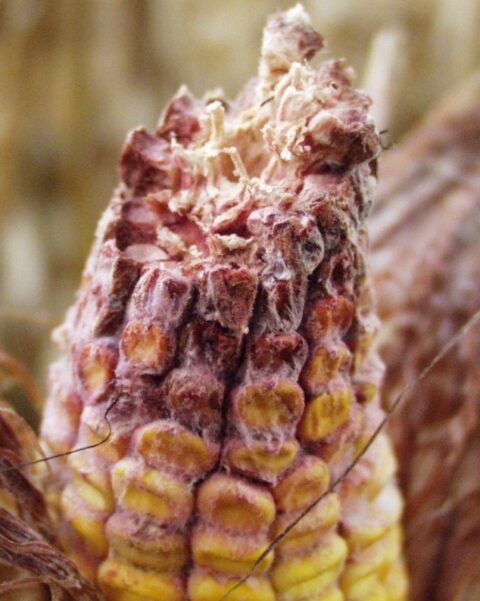
Figure 4: Gibberella Ear mould
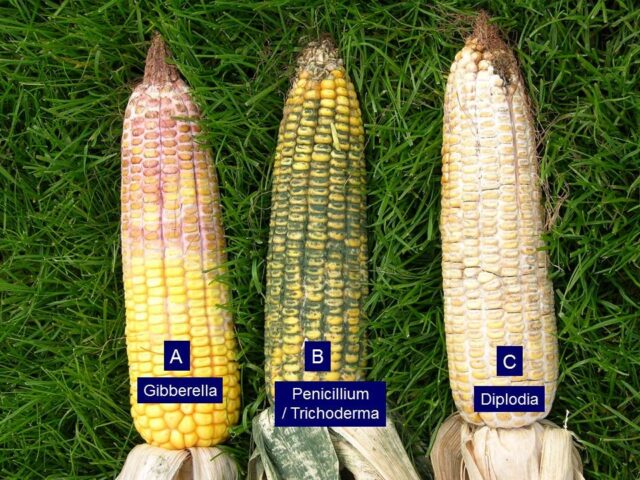
Figure 5: Gibberella, Penicillium/Trichoderma and Diplodia Ear Rot
Source: http://www.omafra.gov.on.ca/english/crops/field/news/croptalk/2014/ct-1114a9.htm